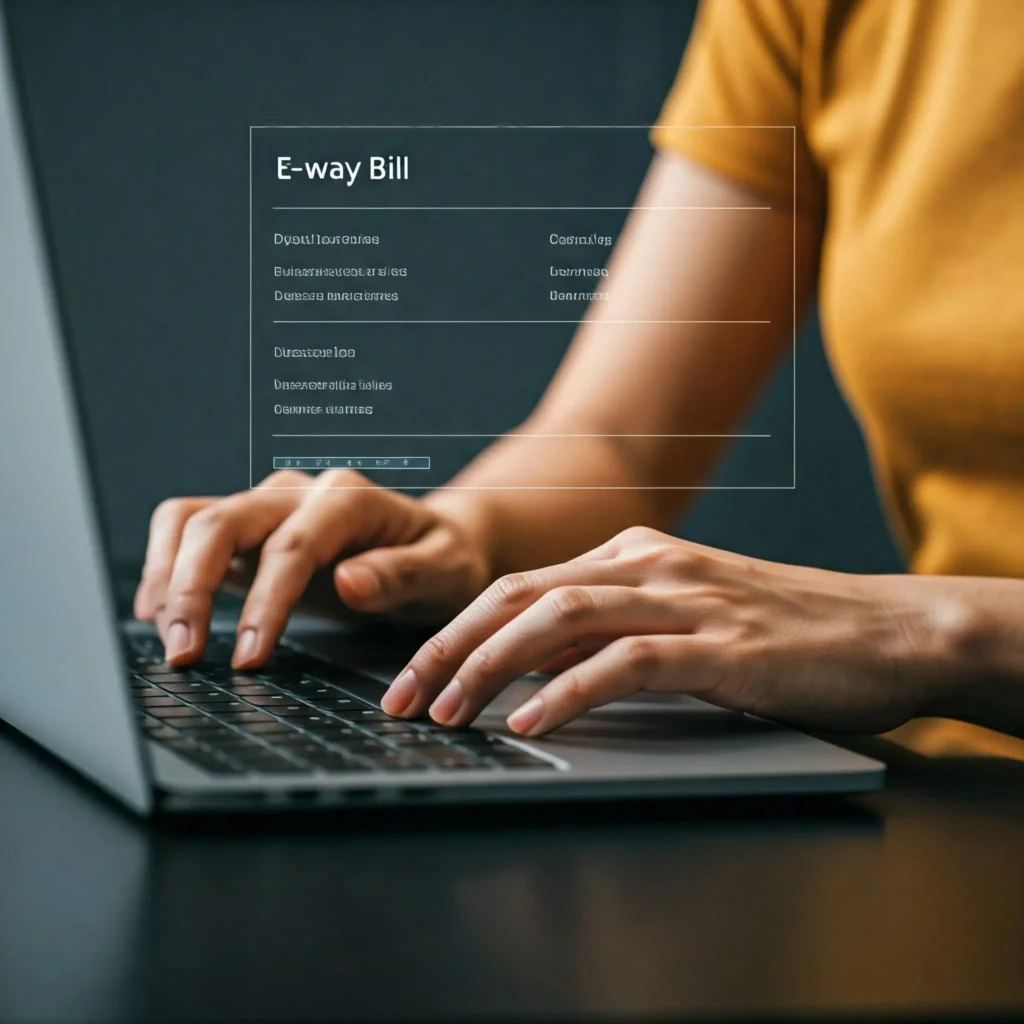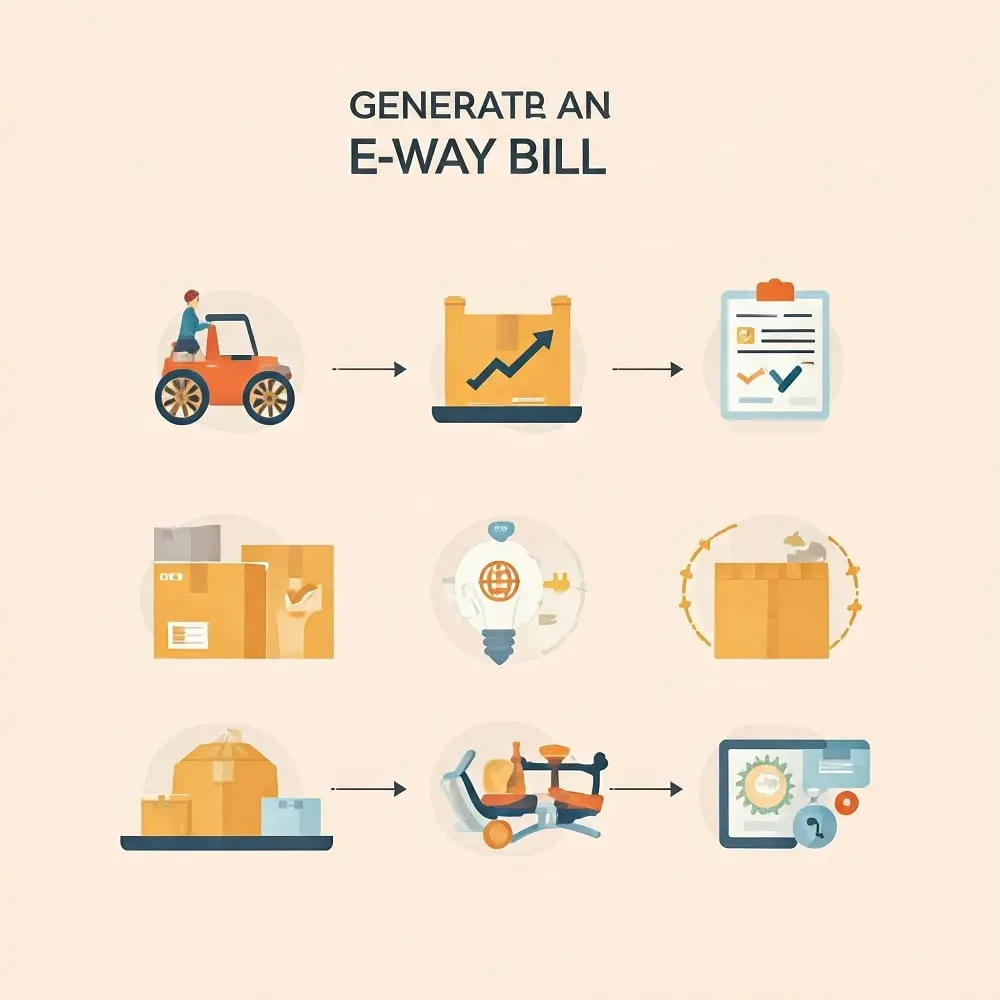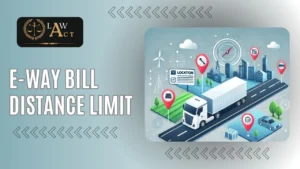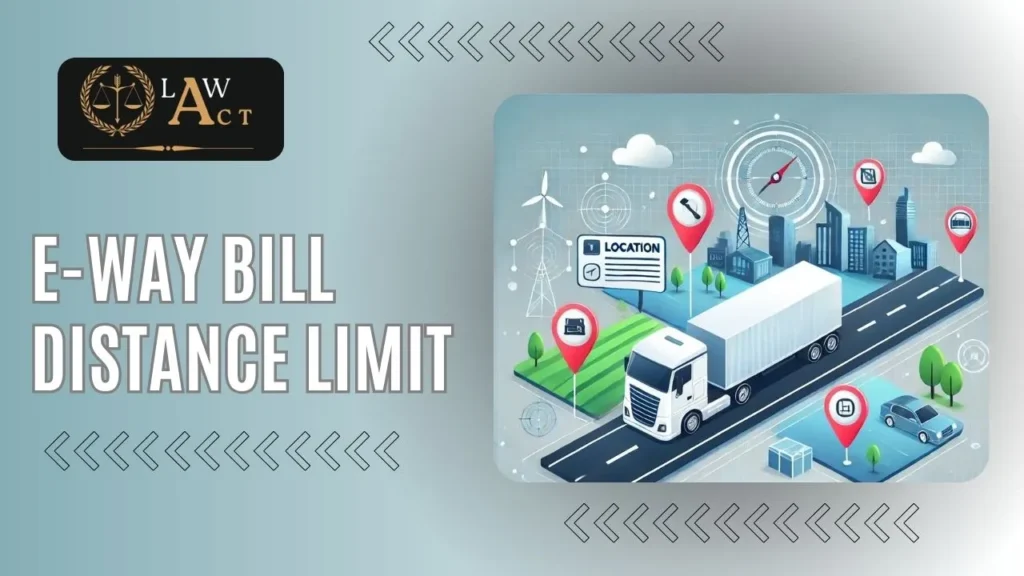In the complex world of logistics and taxation, the E-way Bill under the GST system has become a crucial element for businesses engaged in the transportation of goods across India. It is basically a document mandated by the government to ensure smooth movement of goods to curb tax evasion.
So, if you are also new to the term E-way Bill GST and wish to learn more about it, scroll through the details shared in this blog and learn more about what it is, why you need it, and what benefits it brings to the supply chain ecosystem.

What is an E-Way Bill GST?
For those who don’t know about the e-way bill, it is a permit required for inter-state transportation of goods worth more than Rs. 50, 000. It consists of all the details of the goods, the consignor, the recipient, and the transporter. And it can be electronically generated using GSTN.
The bill was made mandatory for inter-state supplies from April 1, 2018 and for intra-state supplies from April 25, 2018 in various states (Madhya Pradesh, Arunachal Pradesh, Meghalaya, Sikkim, and Puducherry).
What are the contents of the E-way bill?
The E-way Bill GST consists of two main components:
1) Part A of the E-Way bill includes the following:
- Recipient of the GSTIN
- Place of delivery (PIN code)
- Value of goods
- Invoice or Challan number along with the issue date
- HSN code
- Receipt number/Airway Bill Number/Bill Of Lading Number
- Transport document number
- Reasons for transportation
2) Part B of the bill contains the details of the transporter (for instance, their vehicle number).
When is an E-Way bill generated?
An E-way bill is generated via the E-way bill GST portal before the goods are shipped, and it should include details like the goods, their consignor, transporter, and recipient.
In general, the bill is generated for:
- Supply of goods
- Non-supply transactions like return of goods, export/import, job work, line sales, semi- or complete knocked-down supply, sale on approval basis, supply of goods for exhibition or fair, and goods used for personal consumption.
However, there are a few exemptions when an E-way bill is not required to be generated:
- If the value of the shipment is less than Rs. 50,000,.
- Goods being shipped are exempt from GST.
- If goods are transported via non-motorized conveyances,.
- Transport of goods as mentioned in Annexure to Rule 138(14) of the CGST Rules, 2017.
- If goods are supplied from a port, air cargo complex, air cargo, or land customs station to an inland container depot or a container freight station for clearance by the Customs Department.
Also Read:
Who needs to generate the E-Way bill?
- Every registered person (receiver or transporter, consignor, or consignee) should generate the e-way bill, provided the transportation is done through their own or hired means (rail, road, or air).
- An unregistered person who is supplying goods to a registered recipient. Here, the recipient is required to abide by a defined procedure as the supplier is not registered.
- The transporter is also required to generate the E-way bill if both the consignor and consignee fail to generate the bill via the E-way bill GST portal, despite the fact that shipment was handed over to the transporter.
However, there are two situations where an E-way bill GST is required to be generated irrespective of the value of the supply (even if the value is less than 50,000):
- When the goods are being supplied by a principal to a job worker in an interstate transaction.
- And in the situation of an interstate transfer of handicraft goods from a supplier who is exempted from GST registration.
How is an E-way bill generated via gst gov in E-way bill?

E-way bills can be easily generated through the GST portal in India. All one needs to do is follow the steps shared below:
Step 1: Login E-way bill portal
- Begin the process by visiting the gst gov in E-way bill.
- Now, login and enter your username and password to login.
Step 2: Select the ‘Generate New’ option
- On the dashboard, click on the ‘Generate New’ option under the ‘E-way bill’ option.
Step 3: Fill in the details
You will need to enter the following details:
- Transaction type: Select ‘outward’ if you are a supplier and ‘inward’ if you are a recipient.
- In sub-type, select ‘Supply’, ‘Export’, or ‘Job Work’ based on your transaction.
- Also, select the document type, like ‘Bill of Sale’, ‘Tax Invoice’ etc.
- Enter the document and invoice number, along with the document date.
Step 4: Enter party details
- Enter the GSTIN of the supplier and recipient. If the other party is unregistered, select the unregistered option and provide the required details.
- Also, fill in the addresses of both the supplier and recipient.
Step 5: Enter item details
- The item details can include its name, description, HSN code, quantity, unit, value, and more.
Step 6: Transport details
- After providing the item details, provide transport details like its mode, name of the transporter, vehicle number, and distance.
Step 7: Generate a bill
- Once all the details are provided, click on the Submit button.
- The system will validate the information and generate a bill with a unique E-way bill number (EBN).
- You can download and print the bill for future reference.
What is the validity of the E-way bill?
The validity of the E-way bill GST is based on the distance travelled. If the distance is below 200 km then the validity period will be one day before the applicable date. And for every 200 km thereafter, the validity will be extended by a day from the relevant date.
What are the penalties associated with the E-way bill?
If a consignment is found without an E-way bill, the concerned person is required to pay a fine of Rs. 10, 000 or equivalent amount of tax evaded (greater among the two).
Also Check:
- What is an E-way Bill GST? And why do you need it?In the complex world of logistics and taxation, the E-way Bill under the GST system has become a crucial element for businesses engaged in the transportation of goods across India. It is basically a document mandated by the government to… Read more: What is an E-way Bill GST? And why do you need it?
- E-Way Bill for Job Work: A Comprehensive GuideIf you are a manufacturer, job worker, or businessman, you might already be aware of the e-way bill system under the GST regime. For instance, the movement of goods worth a specified amount requires an e-way bill, which is one… Read more: E-Way Bill for Job Work: A Comprehensive Guide
- E-way Bill Distance Limit: Everything You Need to KnowThis forms the basis of the Indian Goods and Services Tax regime, which has its key component as the E-way Bill system for easy transportation of goods from one state to another with a minimum number of opportunities for tax… Read more: E-way Bill Distance Limit: Everything You Need to Know
- Blocked e-Way Bill Holding You Back?The e-Way Bill system is a crucial factor for the smooth flow of commodities in India. However, in certain situations, the GST rules will block an e-Way Bill even though an error did not originate from the physical movement of… Read more: Blocked e-Way Bill Holding You Back?
Frequently Asked Questions
What is an e-way bill in GST?
An E-way bill is basically an electronic document required for the transport of goods that are worth more than Rs. 50,000 under the GST. The document contains all the details about the goods transported, the consignor, the consignee, and the transporter.
How does the e-way bill system help with GST compliance?
The E-way bill GST system helps with GST compliance by assisting with real-time tracking of goods movement, minimizing tax evasion, and streamlining the transportation process.
How to register for e-way bill GST login?
To register an e-way bill under GST, visit gst gov in eway bill. On the homepage, click on registration from the menu, and then click on E-way bill registration. Now, enter GSTIN and click on Go. The system will auto-generate your details from the GST database, which you will need to verify via OTP sent on your registered mobile number. After that, you will need to create a username and password for E-way bill gst login and submit the form. Later, you can use the credentials to generate E-way bills.
Where can I find the e-way bill GST portal?
You can easily find E-way bill GST by visiting the official website ewaybillgst.gov.in.
Why is e-way bill generation important under GST?
E-way bill generation is essential under GST as it ensures compliance by tracking the goods movement, reducing tax evasion, and ensuring transparency. Apart from that, it streamlines the logistics, reduces paperwork and offers real-time monitoring of the supply chain.
What are the steps to generate an e-way bill on the GST portal?
To generate an E-way bill on the E-way bill GST portal, you need to login with your credentials. Then, click on ‘Generate New’ under the ‘e-Waybill’ option. Now, enter the required details about the consignment and submit to generate an E-way bill.
How long is an e-way bill valid under GST?
An E-way bill GST is valid for one day for every 200 km of travel of regular vehicles and one day for every 20 km for ODC ( Over Dimensional Cargo).
Can the e-way bill be modified on the GST portal?
No, once an E-way is generated, it cannot be modified. However, certain details, like the vehicle number, can be updated, if required. For any other changes, you will need to cancel the existing E-way bill and generate a new one.
How to track an e-way bill on the GST portal?
To track E-way bills through the E-way bill gst portal, you need to log-in, enter the E-way bill number or document number along with the date range, view status, and bill details.
What are the documents required for generating an e-way bill on the GST portal?
Typical documents that are required for generating E-way bills include, the Invoice or Bill of supply, the transporter’s ID, the GSTIN of the recipient.







